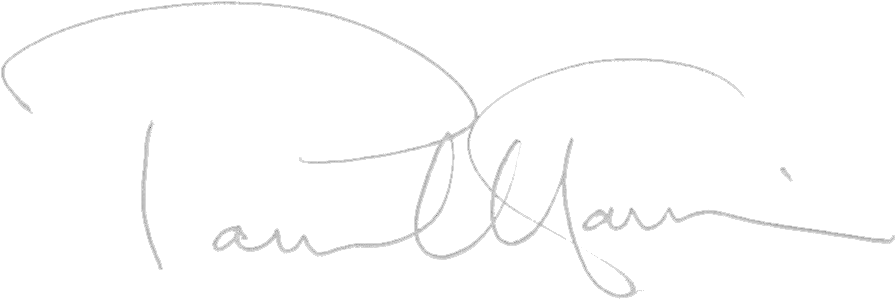Welcome to this fourth blog considering the content of my new book, The Clarinet. The aim of the book is to present a really thorough discussion of all aspects of clarinet playing, to explain what really happens as we play (much of that scientifically) and how we can learn to develop real control of this wonderful instrument.
In this article we’ll be looking at articulation which often causes players, at many levels, quite a bit of anxiety – but it shouldn’t! Articulation is all about how we begin, end and separate notes. It also concerns the duration, weight and character given to a note and, ultimately, we need to learn to articulate with as much fluency and speed as possible.
Let’s deviate for a moment …
What are the three fundamental requirements in the act of slicing a cucumber?
· A cucumber
· Holding the cucumber steady
· An implement with which to slice it
Of the three, which is the most important? Clearly, it’s the cucumber. You can’t slice a cucumber if you don’t have a cucumber! The analogy with articulation is a good one.
· The cucumber is the air column which is the sound.
· Holding the cucumber steady is the embouchure.
· The implement that slices the cucumber (or here, the air column) into slices (notes) is the tongue.
Of the three, which is the most important? It’s the air column: the sound. Without the sound there would be nothing to articulate. The embouchure and tongue are essential, but secondary to the air.
This is such a useful metaphor and if we remember to maintain a good air supply, articulation (or tonging as many call it, though this label does tend to place too much emphasis on the tongue) becomes very doable. We can try many exercises to develop accurate and clean articulation that will develop and eventually lead to the control of notes of all lengths and at any speed. They also reinforce the idea that a note is released rather than ‘begun’.
The different areas to explore include:
o Starting and ending notes and tongue pressure
o Controlling the duration of a note – staccato
o Articulation differences across the registers
o The weight and character given to a note at its initiation
o Developing speed and fluency
One of my heroes, Karl Leister, is a great proponent of no-tongue or breath articulation. For a beautiful and imperceptible start to a note – such as you may wish for the beginning of the Weber Concertino or the second of Brahms’ two Sonatas – this is a very useful technique to develop and should be considered thoroughly. Of equal importance are ideas on developing continuous articulation and speed of tonging.
In practising this technique, try to feel that each note is released. Remember that starting an articulated note is not about doing something to the reed with the tongue but using the tongue to release the reed and air column and thus create the note.
• Feel that the tip of your tongue travels in small upwards and downwards movements (not forwards and backwards).
• Feel the independence of the front of the tongue (doing the work) and the back.
• The movements should be rapid, relaxed and light.
• Take care to avoid accenting notes and keep the tone even throughout.
• Remember that when you are articulating continuously, the length of a note is controlled by the return of the tongue to the reed.
• Ensure no biting or squeezing of the embouchure.
• Always maintain a steady supply of airflow, as though you are playing a long note. This is the basis of effective continuous articulation.
The chapter also considers all the various articulation symbols, many of them also from a historical and cultural standpoint. For example, the staccatissimo mark has changed considerably through the years, and there are examples from the repertoire as well as studies to develop this understanding. Various forms of accentuation are also considered from many different angles. In German Romantic music for example, the accent mark indicates a more espressivo approach to a note rather than a harder or significantly louder sound.
In conclusion, remember the cucumber and take a very pragmatic approach to articulation, knowing that accuracy and speed are very attainable.
To learn more, buy a copy of The Clarinet here: https://www.fabermusic.com/shop/paul-harris-the-clarinet-p439043

